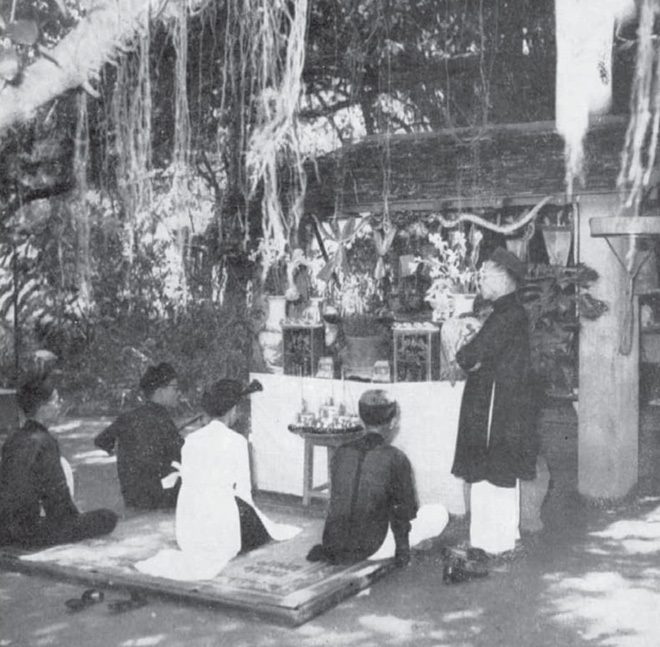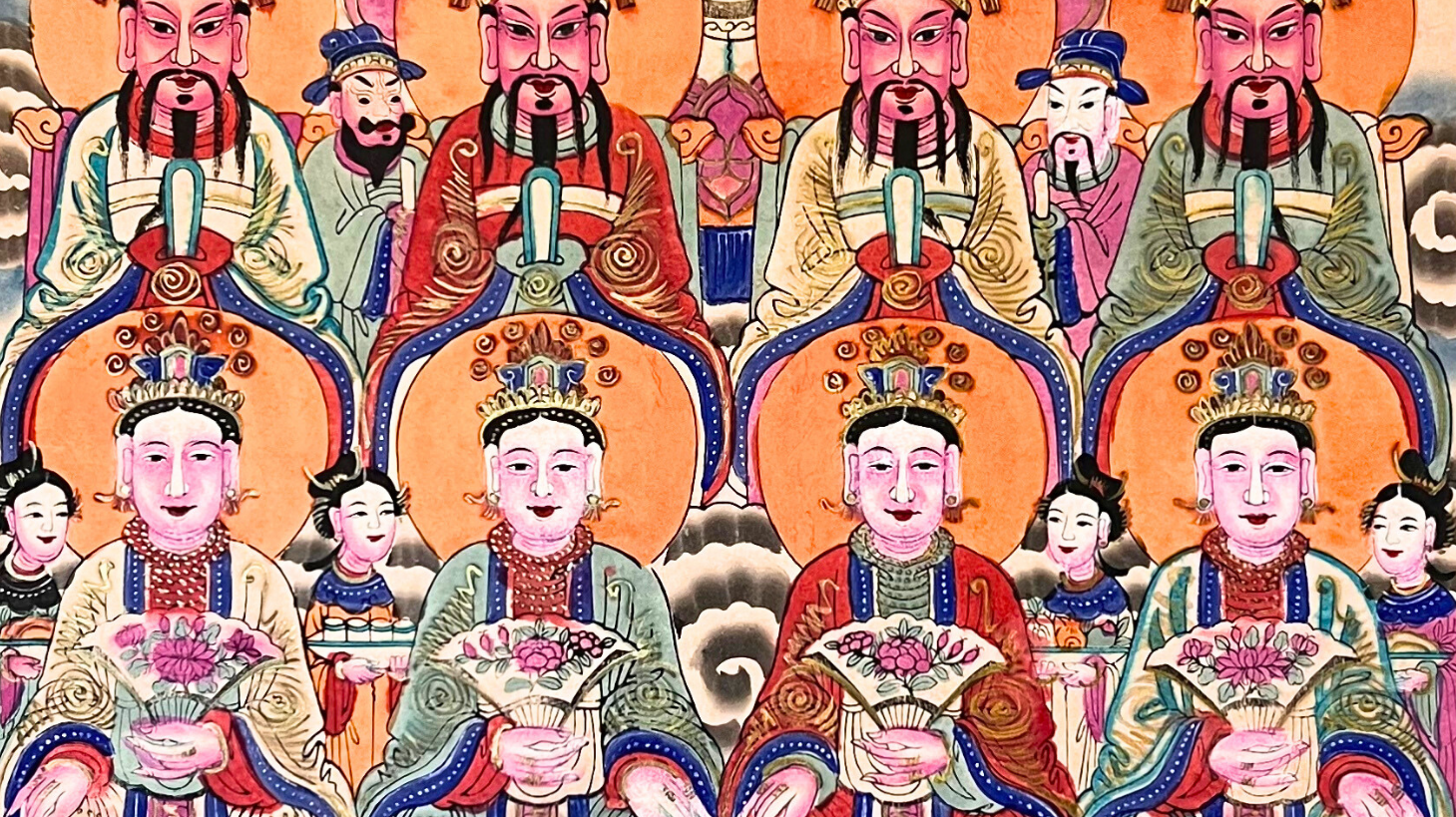The term “Bản Mệnh” appears in various spiritual traditions, encompassing one’s life, characteristics, and destiny. In the context of the Four Palaces within the Mother Goddess religion, it signifies that an individual’s characteristics and destiny are shaped by their past actions and relations.

- Bản/ Bổn [本]: (pronoun) of one, (noun) root, (adj.) rooted
- Mệnh/ Mạng [命]: life, fate, destiny
In order to become a recognized follower of Four Palaces, some individuals participate in the Raising the Incenses of Fate ceremony [Tôn Nhang Bản Mệnh]. During this sacred ritual, believers offer their rooted fate to the divine, seeking protection and guidance. It is believed that each devotee is guided by a Patron Saint of Rooted Fate, whose exemplary life serves as a model for the follower’s spiritual journey.
For those who go through the ceremony of opening the palace to become a thanh đồng (shaman), every shaman is granted their own Dress of Fate as a sacred garment. Alongside the Red Face Veil, these sacred items symbolize the shaman’s personal rooted fate and are meant to be diligently preserved throughout the shaman’s lifetime. Upon the shaman’s earthly departure, they are laid to rest wearing the Dress of Fate, with their head resting upon the Red Face Veil, allowing them to fulfill their spiritual duty of serving the deities in the afterlife.
According to “Language of the Zen Forest” [禪林用語], “Bản Mệnh” means (1) personality, (2) a shorter form of “the Star of Rooted Fate”, which is based on one’s year of birth.
指本性。本命,指人出生年之干支;值其干支之星,稱本命星
Language of the Zen Forest [禪林用語]
According to “National Dictionary of Great Nam” [Đại Nam Quấc Âm Tự Vị] (1895) by Huỳnh Tịnh Của, “Bản Mệnh” means “one’s life”. He also used the example “Patron saint of one’s rooted fate” in this article.









